It affects as many as one in 10 people assigned female at birth, and is associated with an increased risk for a few other serious health conditions.
Category: blog
blog type
When Nerve Pain and Numbness Are Linked to Long COVID
Welcome to Long COVID Dispatches. Our goal is to keep you informed of the best and newest information on Long COVID. My name is Dr. Lisa Sanders, and I’m an internist on the faculty of the Yale School of Medicine and the medical director of Yale New Haven Health’s Multidisciplinary Long COVID Care Center.
Four Ways to Keep Your Kids From Becoming Picky Eaters
KEY TAKEAWAYS:Preventing picky eating starts in infancy, before tastes grow more stubborn.Don’t overuse food pouches. Kids need to experience different flavors and textures.Children can learn to like foods they initially reject if exposed to them repeatedly.As long as there are freezers stocked with chicken nuggets, there will be children who turn their noses up at salmon.
CHLA Psychologist Co-Hosts National Institute of Mental Health Webinar Focused on Disability, Equity and Mental Health
Key takeaways from Dr. Schwartzman’s presentation:Autistic people are frequently excluded from mental health research due to various factors.Including autistic individuals and scientists in the design of autism-focused research studies is crucial to effective research.Dr. Schwartzman’s lab is investigating tools to assess depression and suicide risk in autistic youth, testing autism-adapted cognitive behavioral therapy, and studying the needs of autistic youth and families following a suicide attempt.
A Brighter Forecast: How a CHLA Anesthesiologist and AccuWeather are Using Environmental Data to Transform Children’s Health Care
For pediatric anesthesiologist Jonathan M Tan, MD, MPH, MBI, FASA, making an impact in pediatric health care started with a single question: With children being among the most vulnerable to the effects of weather and climate change, why are health care professionals and health systems not equipped with the environmental exposure data needed to protect their patients’ health?“Answering this question and working toward a solution led me on an exciting journey to solve an unmet need in pediatric health care,” Dr.
Nipple-Sparing Mastectomy: A Modern Approach to Breast Cancer Surgery
Nipple-Sparing Mastectomy (NSM) is a surgical option for patients requiring a mastectomy, in which the breast tissue is removed while the skin, nipple, and areola remain intact. This procedure allows for immediate reconstruction and offers a more natural post-surgery result, giving patients both peace of mind and a sense of body confidence. M. Michele Blackwood, MD, FACS, director of Breast Surgery and director of Women’s Oncologic Health, RWJBarnabas Health and Rutgers Cancer Institute shares more on this surgical technique.
Kids and the COVID-19 Vaccine: Your Questions Answered
While many parents have gotten their children vaccinated, some families have questions about the vaccine’s safety and efficacy. We spoke to several experts at Children’s Hospital Los Angeles, including Michael Smit, MD, MSPH, Hospital Epidemiologist and Medical Director of Infection Prevention and Control, and Marisa Glucoft, MPH, Vice President of Quality Improvement and Patient Safety, to answer some frequently asked questions.
Improving Access to Cell and Gene Therapy in Pediatrics
Nearly 30 years ago, Children’s Hospital Los Angeles supported one of the first clinical trials for a pioneering stem cell gene therapy for children with a life-threatening form of severe combined immunodeficiency (SCID). Called ADA-SCID—a type of “bubble boy disease” caused by mutations in the adenosine deaminase (ADA) gene—this rare disorder leaves babies with virtually no immune system.
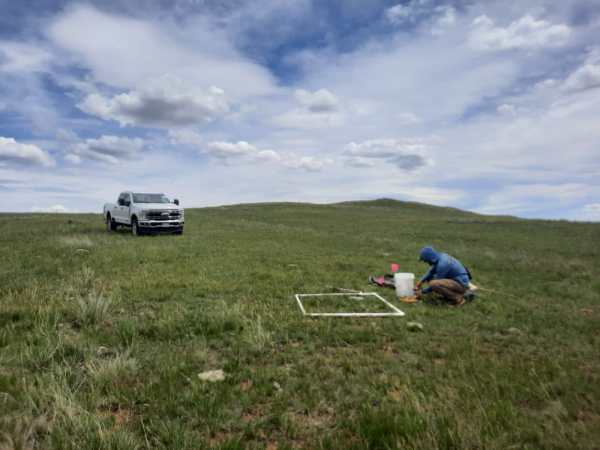
Biodiversity Policy in the United States
Biodiversity encompasses much more than the number of species—it includes the variety of ecosystems, the genetic diversity within and between species, and the interactions among species within ecosystems.
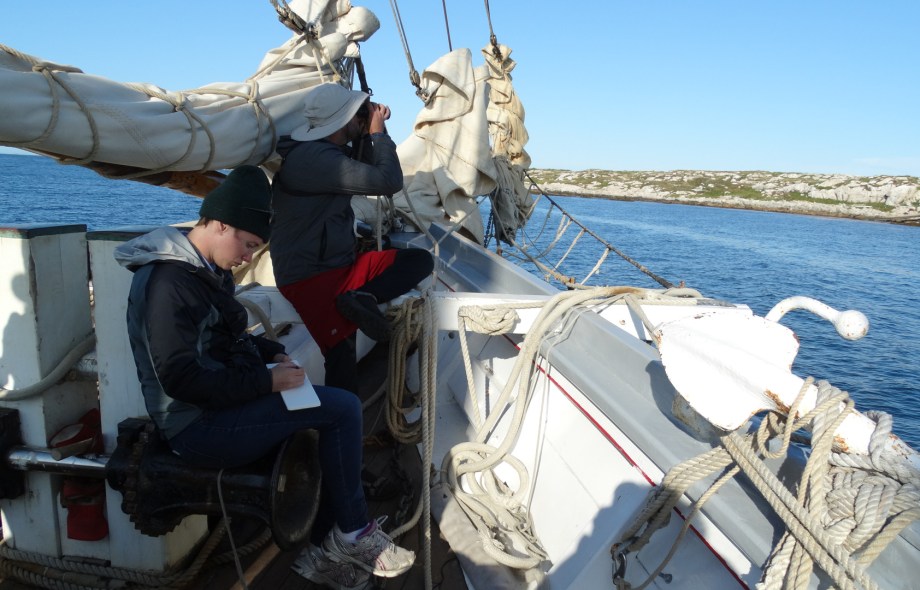
The Eyes of Birds
A few years ago, I had the opportunity to hear Terry Tempest Williams speak at a local event. I don’t remember many details of her talk, but I do remember her passion, her commitment, and her dedication to being a voice for the environment. Her book, Finding Beauty in a Broken World has been a guidepost for me as a science writer and writing instructor.
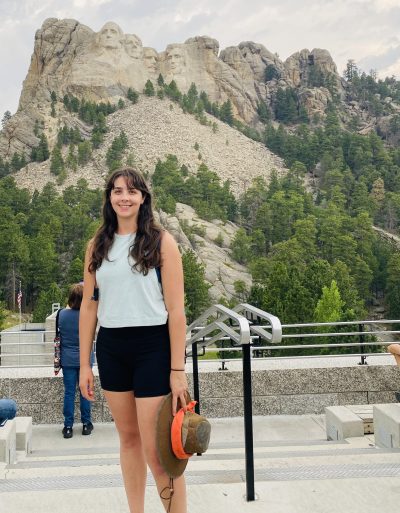
The Modern Midwest Prairie: How Ranching and Native Grasslands Can Thrive Together in a Changing Climate
It’s August in South Dakota and a weeklong heat wave where temperatures surpassed 100 degrees has just ended. Thankful for a reprieve from the stifling warmth, I head out early on my day off to explore Badlands National Park. I’ve been staying in Fort Pierre, which is situated on the Missouri River, just across from the capital city of Pierre.
What is Heart Transplant Rejection?
A heart transplant is a lifesaving gift. But it means adjusting to a new way of life. Without anti-rejection measures, the body’s immune system will reject the transplanted heart.

Rounds with Leadership: Boosting Your Capacity to Lead
As nurse educators, we understand the importance of preparing new members of our profession to serve as expert caregivers, system innovators, and patient advocates. To thrive in these roles, nurses must develop as leaders in clinical settings, in boardrooms, and in all places where nurses impact healthcare, counsel patients, and shape policy. Building leadership capacity is essential to ensuring that nurses are contributing at the highest level and seizing every opportunity to safeguard patients, families, and the communities we serve.
Could GLP1RA drugs lower high iron levels?
GLP1RA agonists have been increasing in popularity for treating obesity and type 2 diabetes. With this novel treatment proving to be very effective, researchers are curious to know more about what other potential treatments it could also hold.
Channeling Challenge Into Community: Hunter’s Story
Hunter doesn’t remember much from his time at Children’s Hospital Los Angeles, but more than a decade later, one small moment has stuck with him in multiple ways.A blonde woman asks him: “She’d hold up an array of ChapSticks,” Hunter explains, “blueberry, strawberry, green apple, root beer float and chocolate.”
U, EPIC Ventures partner to drive regional innovation forward
By combining the U’s innovation engine with EPIC’s extensive network, the partnership will catalyze growth for early-stage technology companies across various sectors, including software, health and life sciences and financial technology.
Medical Students Explore a Future in Research Through the Summer Oncology Research Fellowship Program
For many students, summer break represents an opportunity for relaxation and carefree vacations. But for the medical students taking part in the USC/CHLA Summer Oncology Research Fellowship (SORF) Program, summer means something more
Antibody targeting CD38 enzyme shows positive impact in treating systemic sclerosis
Scleroderma is a chronic autoimmune disease of women.Over time, people living with scleroderma develop progressive and irreversible scarring.Scarring, called fibrosis, effects the lungs, heart and kidneys, leading to poor quality of life, disability and a reduced life expectancy.
New NASA Sonifications Listen to the Universe’s Past
Text, images, and video:
https://chandra.si.edu/photo/2024/sonify9/
A quarter of a century ago, NASA released the “first light” images from the agency’s Chandra X-ray Observatory. This introduction to the world of Chandra’s high-resolution X-ray imaging capabilities included an unprecedented view of Cassiopeia A, the remains of an exploded star located about 11,000 light-years from Earth. Over the years, Chandra’s views of Cassiopeia A have become some of the telescope’s best-known images.
To mark the anniversary of this milestone, new sonifications of three images — including Cassiopeia A (Cas A) — are being released. Sonification is a process that translates astronomical data into sound, similar to how digital data are more routinely turned into images. This translation process preserves the science of the data from its original digital state but provides an alternative pathway to experiencing the data.
The Gift of Research: Placenta Biobank Donations Enable Examination of Under-Studied Organ
In the U.S. alone, more than 3.5 million babies are born each year. Alongside them, an endlessly fascinating organ that’s essential to a healthy pregnancy: the placenta.The placenta forms early in pregnancy, providing a vital connection between baby and mom. Then, it’s delivered shortly after the baby during childbirth, and its job is complete.
5 Things Physicians Should Know About Pediatric Heart Failure
Pediatric heart failure is a progressive and life-threatening condition that can have a high mortality rate. Fortunately, thanks to new therapies now available, many children can recover—but this condition needs early recognition and treatment.

Addressing Mercury Challenges on the Global Stage
BRI’s story began in 1989 with the capture of a loon on a Michigan lake. Back then, it was all about the science, but over time, founder Dave Evers began to understand that knowledge for knowledge’s sake wasn’t enough.

Mark Burton – Bridging Expertise with Adventure
Tucked around a corner in his office, you’ll often find Mark Burton, with a laser focus on his work. Mark walked through the doors of BRI seven years ago as an intern in the Center for Mercury Studies, working on the Global Biotic Mercury Synthesis database.

Protecting Maine’s Coastal Treasures: Vital Conservation Efforts for Common Eiders
Spending a sunny day on a boat in Casco Bay isn’t a bad summer job, at least not for BRI biologists Helen Yurek and Logan Route. On a Thursday morning, we loaded up into a boat to set off in search of Common Eiders, sea ducks that spend most of their time along rocky seacoasts.
Targeting and blocking sCD13 protein could lead to systemic sclerosis treatment
Fibrosis, or the scaring of tissue, occurs in many diseases, and is a central component of systemic sclerosis. There are currently no treatments that can reverse fibrosis and the current treatment only has a modest effect on the course of the disease. But research is finding new targets for potential treatments.
Keeping calm in case of catastrophe
The small but dedicated Hospital Emergency Response Team works year-round to imagine and prepare for major crises that could disrupt patient care.
Breaking through the mysteries of predicting coma recovery
Predicting a patient’s recovery from a coma has profound implications. Neurologist David Fischer, MD, is building the infrastructure to get it right.
What Is Gene Therapy?
Every cell in your body holds a unique genetic code within your DNA, inherited from your parents. The segments of your DNA called genes determine nearly all your body’s characteristics and functions.
Living with Grief
Grief forever changes us. The journey that we walk through changes who we are and how we perceive the world around us. Those who are unfamiliar or uncomfortable with grief may prompt us to move on. When they try this, we often plant our heels into the ground and resist. This may come as a surprise to them.
Grieving a Pet’s Death
The significance of pets in human existence varies between people. However, the emotional and social support that companion animals offer is an impactful driving force behind this attachment. Those who underestimate the strength of the bond drive a wedge between themselves and the bereaved.
Sasin MBA Students Visit Tha Chalom to Learn Sustainable Brand Building
Sasin MBA students visited Tha Chalom, Samut Sakhon, as part of the “Sustainable Place Branding from the Bottom-Up: Building Brands in Tourist Destinations Sustainably from the Roots of the Economy to the Top” initiative.
How Is Care Changing for Kids With Tuberous Sclerosis Complex?
This spring, Children’s Hospital Los Angeles became one of just 15 pediatric hospitals in the country to be designated as a TSC Alliance Center of Excellence—demonstrating the highest level of comprehensive services for diagnosing and managing tuberous sclerosis complex (TSC). CHLA sees more than 120 young patients a year with TSC.
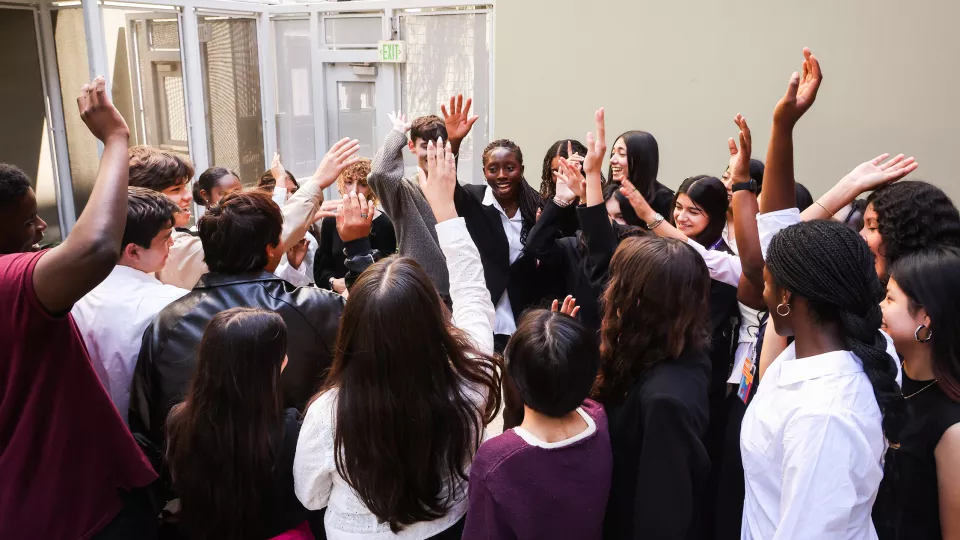
Laboratory Internship Program Teaches High Schoolers the Art and Science of Medical Research
For 19 years, LA-HIP has empowered rising high school seniors who identify as an underrepresented minority in STEM to participate in hands-on laboratory-based research at CHLA. The program’s ultimate goal: To develop and nurture the next generation of scientists and physician-scientists.
Could targeting metabolism treat blood clots in antiphospholipid syndrome?
Neutrophils are an important type of white blood cell that help your immune system fight infections. One of the many ways neutrophils help is by capturing germs in sticky, spider web-like structures called neutrophil extracellular traps, or NETs.However, excessive formation of NETs is seen in many autoimmune diseases as a sign of exuberant inflammation.
3 Keys to Assessing Cardiac Function in Neonatal Shock
Neonatal shock is an acute and potentially life-threatening condition for babies. To treat it, physicians must determine whether systolic or diastolic dysfunction—or both—is causing a lack of oxygen to the baby’s organs.But that’s not always a simple task.
Maui attorney turns brain cancer journey into hope for others
Newirth beat the odds thanks to a novel cancer vaccine developed by UCLA neurosurgeon Linda Liau, MD, PhD. And now, he’s doing everything in his power to support cutting-edge cancer research and provide extra support to individuals going through cancer treatment.
How an Evolving Understanding of MIS-C could Help to Unlock the Mysteries of Kawaski Disease
It was a rare blessing of the early pandemic: Children seemed to be mostly spared from the effects of COVID-19. But in March and April 2020, doctors in Italy, followed by clinicians around the world, began observing cases of young children with a serious new inflammatory syndrome.
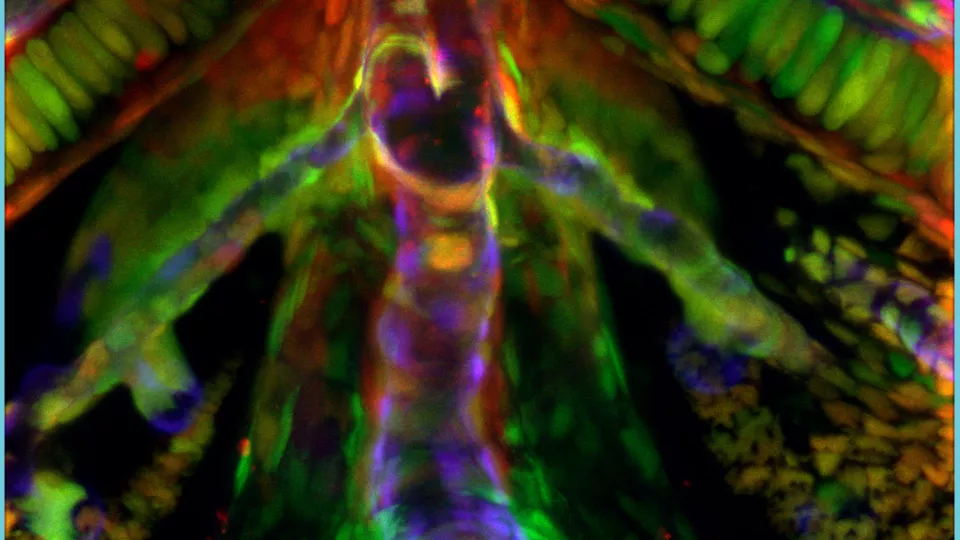
How Do You Take a Picture of a Cell? CHLA’s Cellular Imaging Core Has the Answers
They’re colorful. They’re fluorescent. And they wouldn’t look out of place hanging in a modern art museum.They are the photos captured by the Cellular Imaging Core, one of 10 research cores at The Saban Research Institute of Children’s Hospital Los Angeles.

Community Health Workers Offer Hands-On Help to Medi-Cal Families
A new benefit called Enhanced Care Management takes over where clinical care leaves off, providing Children’s Hospital Los Angeles patients with support for social and emotional needs outside the hospital.
Gymnastics Is Hard on the Body. Physical Therapy Can Help
An expert explains how gymnasts can work to safely meet the demands of their sport and recover from injuries
Sasin Action Learning: “Kung Bang Kachao: Developing Product and Pricing Strategies Concerning ESG and Circular Economy”
Sasin MBA students in the “Pricing Strategies in the Era of Sustainability and Digital Transformation” class, led by Assistant Professor Yupin Patarapongsant, had an excellent opportunity to immerse themselves in two fascinating eco-friendly experiences in Kung Bang Kachao, Samut Prakan.

Second “You Belong in Quantum” Series Highlights Unconventional Career Pathways
The second virtual session on April 30 featured diverse speakers discussing their unique journeys into QIS.
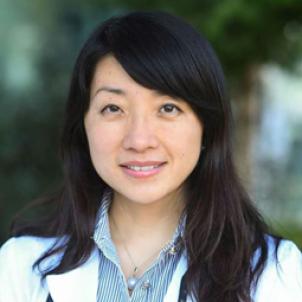
A Surgical Breakthrough at CHLA Frees Teen From Chronic Pancreatitis
This next anecdote isn’t likely to be passed around at future holiday dinner tables, but it will always provide Elliott’s father with a point of reference for the first eruption of his son’s pancreatitis.“I still remember what meal he had,” Joseph says. “He had a cheeseburger and then got sick that night, and then didn’t eat or drink for three or four days.
Older adults with insomnia at greater risk for developing depression
‘Older people who have insomnia show a very exaggerated risk of becoming depressed’
AI-powered tool helps doctors detect rare diseases
UCLA Health and UCSF researchers create artificial intelligence program to help diagnose and manage rare and genetic diseases.
Improving access to HPV testing
Initiative aims to raise awareness of a cancer-causing virus
Firearms and mental health: 8 top facts to know
A video and story with insights from three mental health professionals with expertise in firearm injury prevention
Free course shines light on sleep health
To fill a gap of the lack of sleep education for the public, a team from Michigan Medicine developed a free, online course that helps individuals learn about sleep disorders and the value of good sleep habits. The course is designed for all ages and professions.
Stopping a spreading fire: identifying connections between adverse childhood events and substance use disorders
Physical and sexual abuse, having parents who misuse substances, and witnessing violent crime are tragic events that don’t remain locked in a single point in time. Rather, they are termed adverse childhood experiences (ACEs) and 64 percent of American adults who participated in a recent survey reported experiencing at least one ACE prior to turning 18 years old.
How to learn about a world-class double bass? Give it a CT
Penn Medicine helps bridge medical science with the arts in the world’s first project to image double basses.